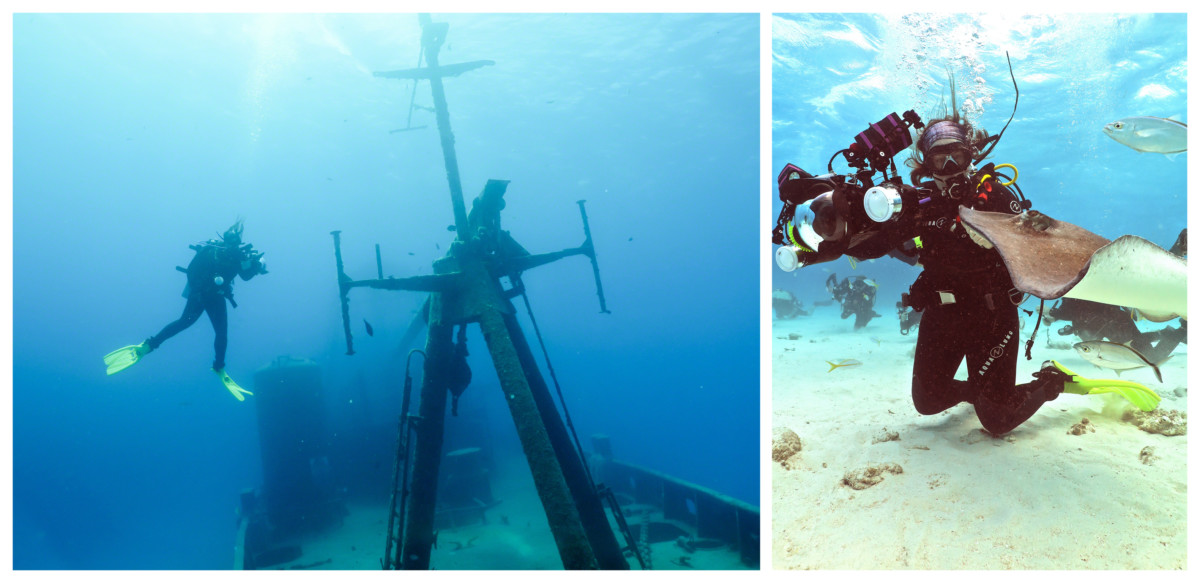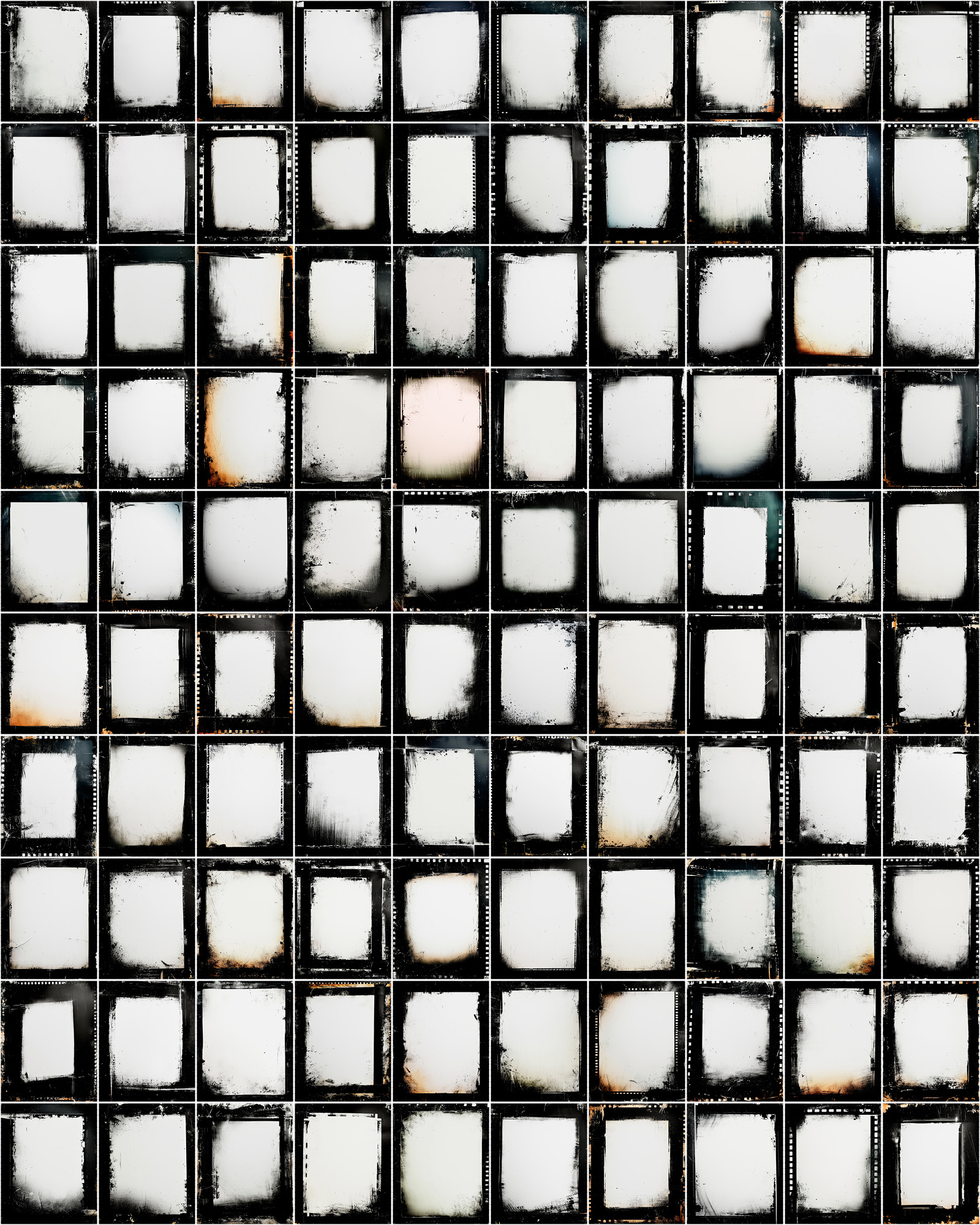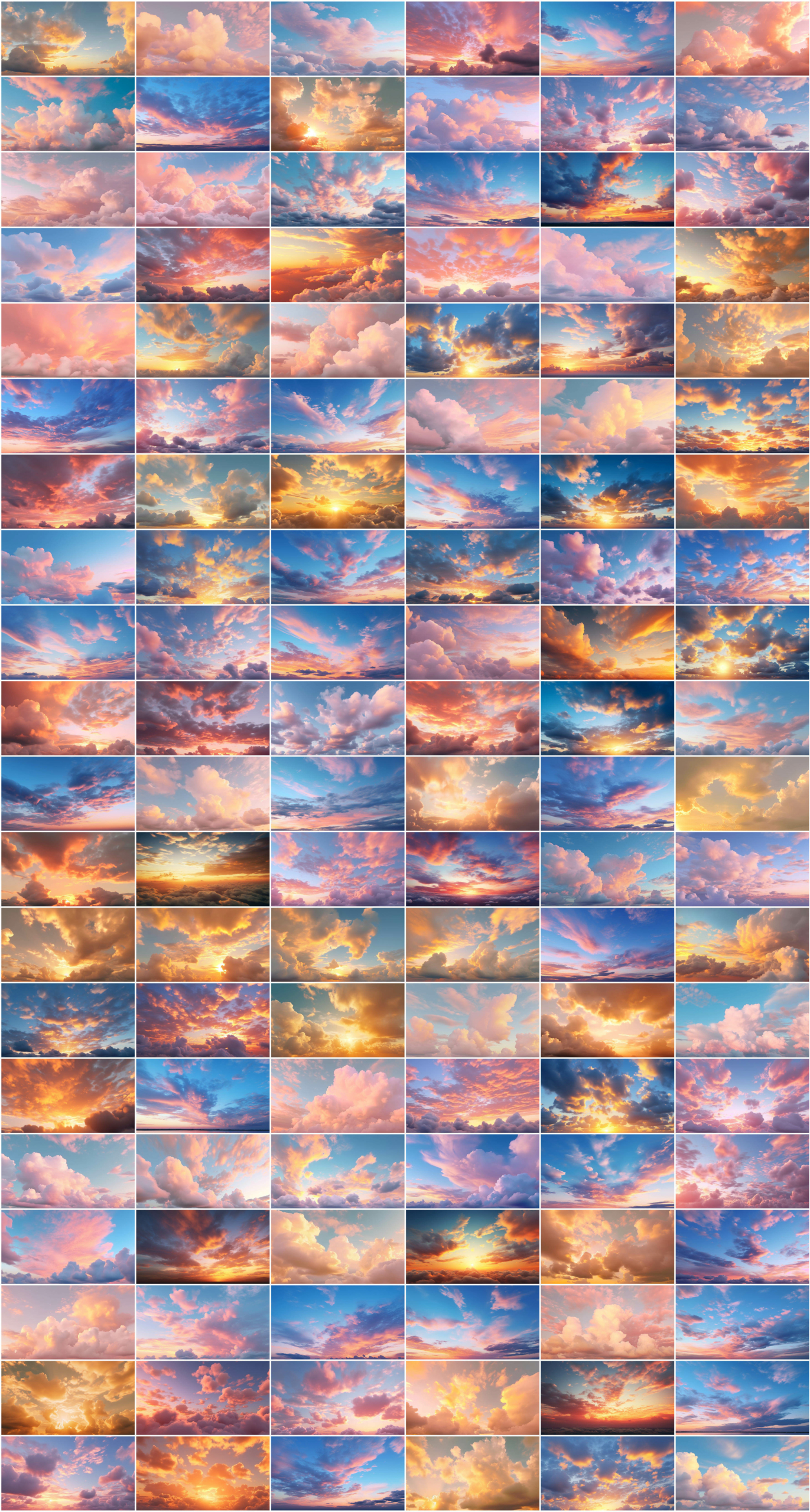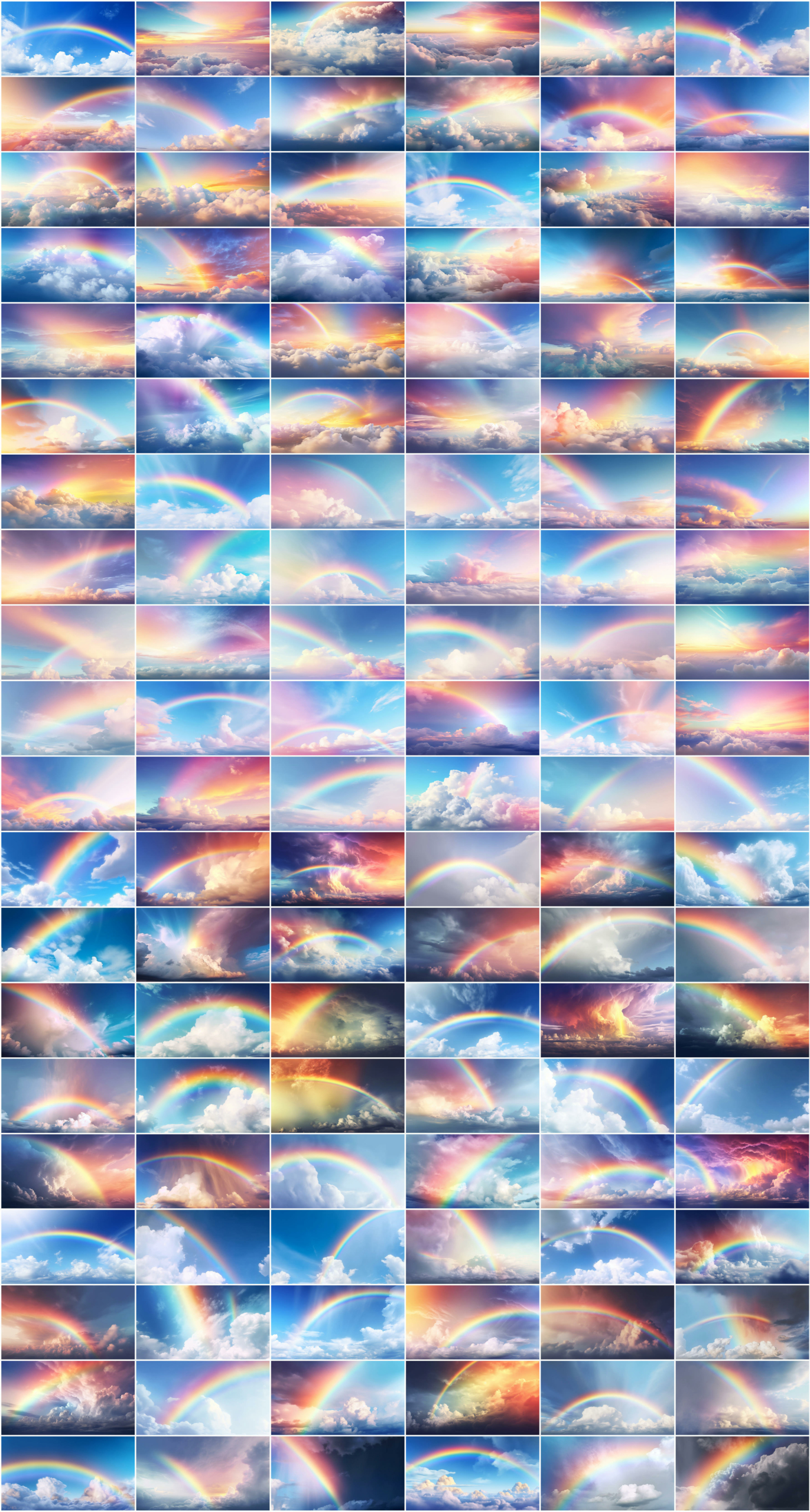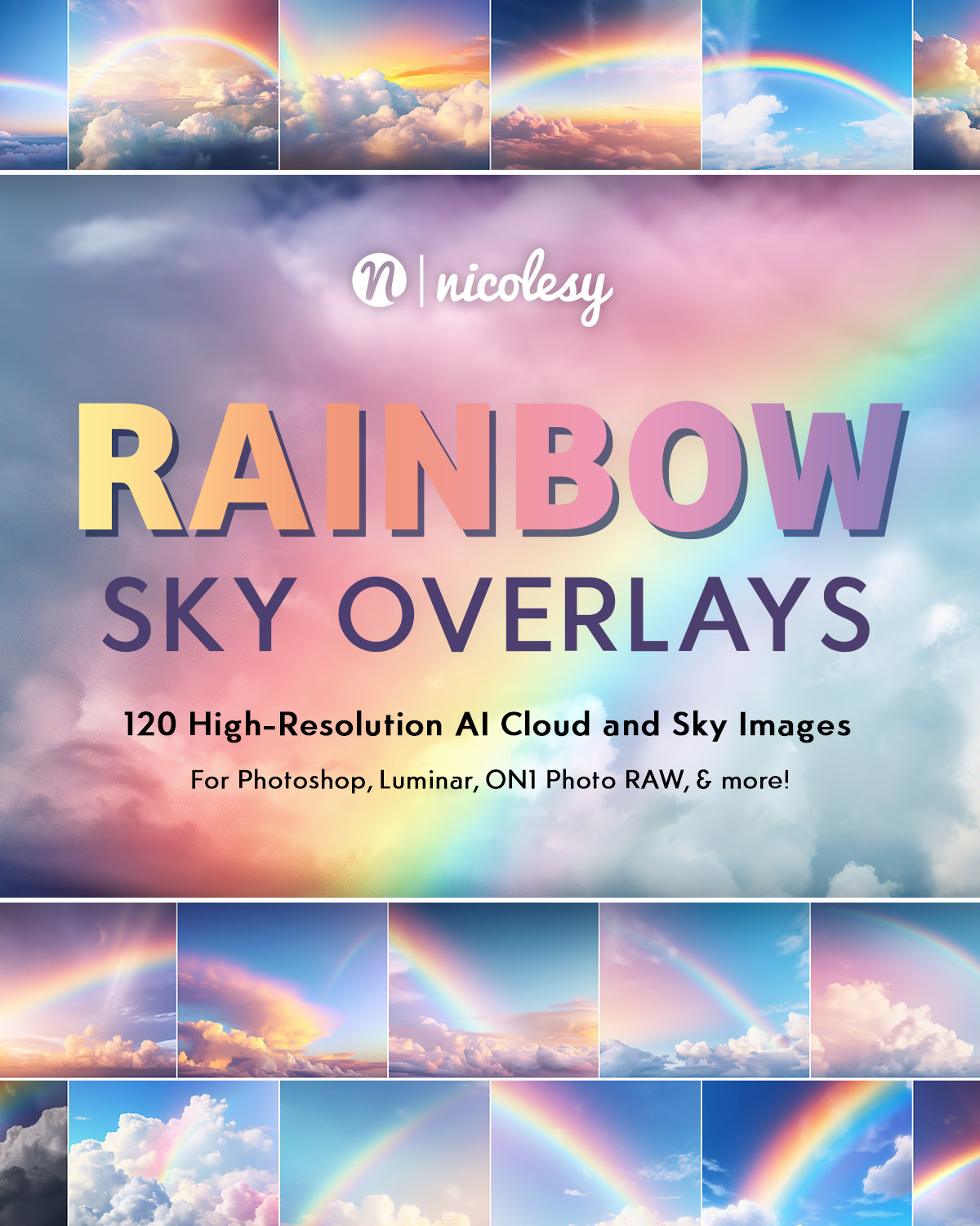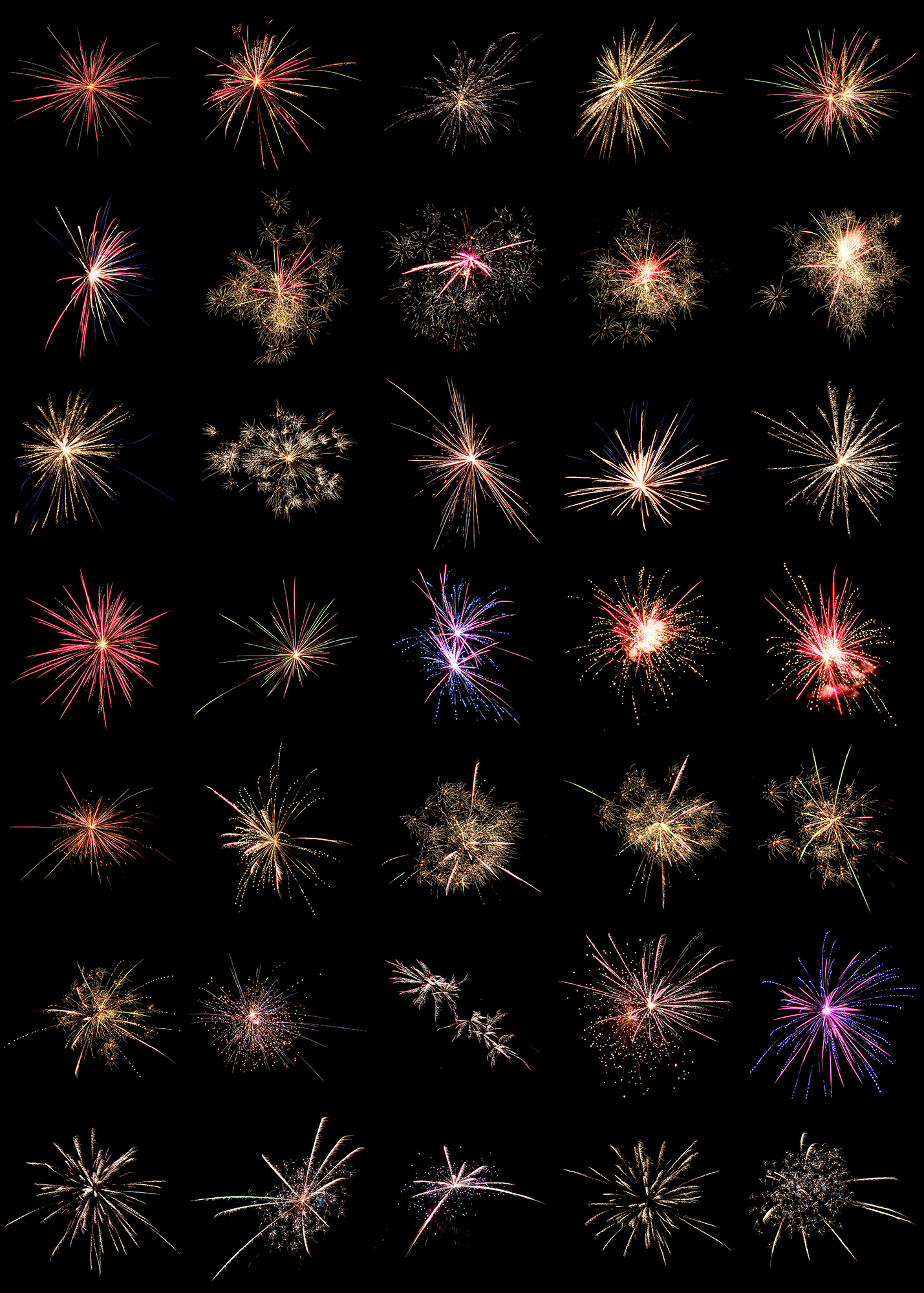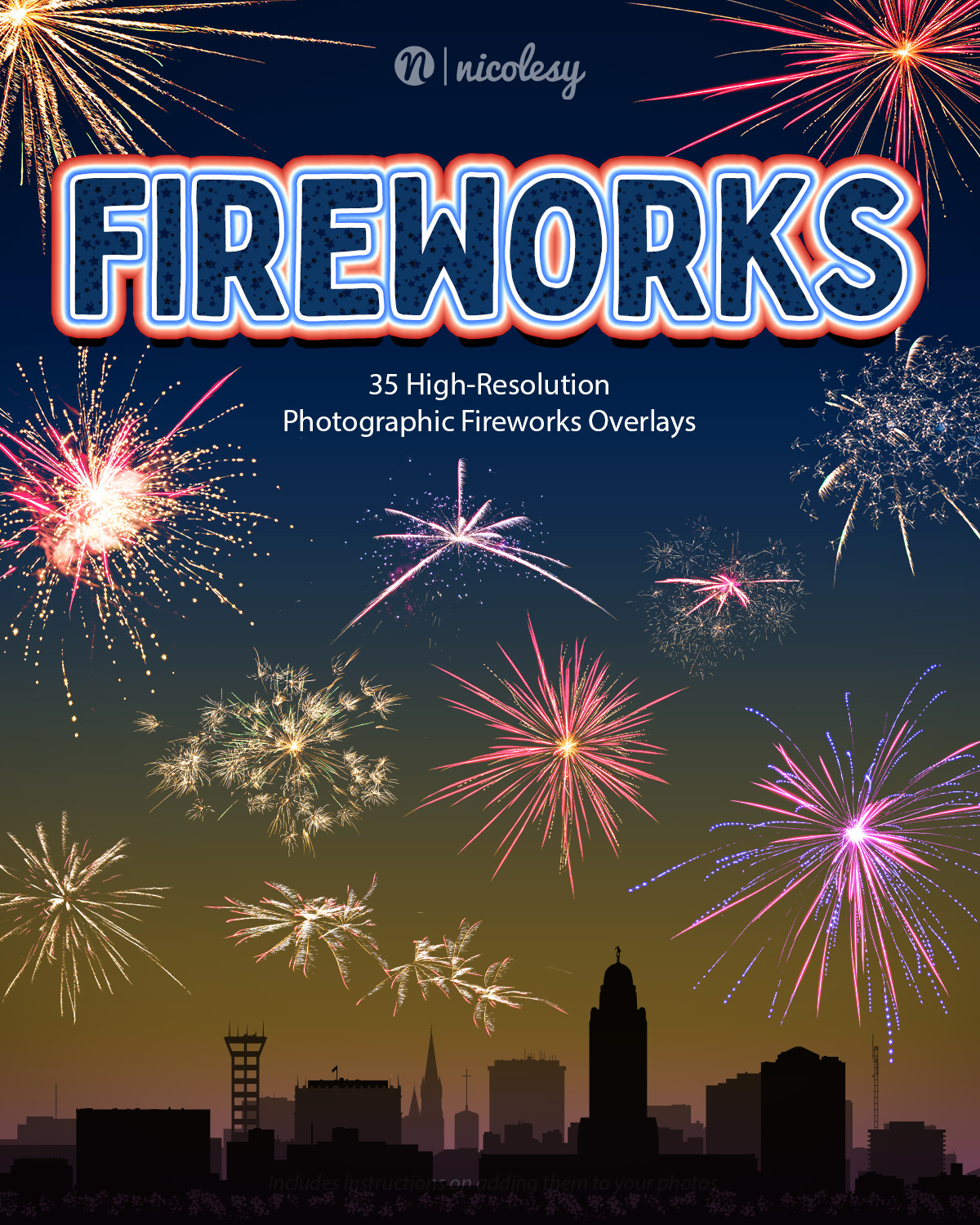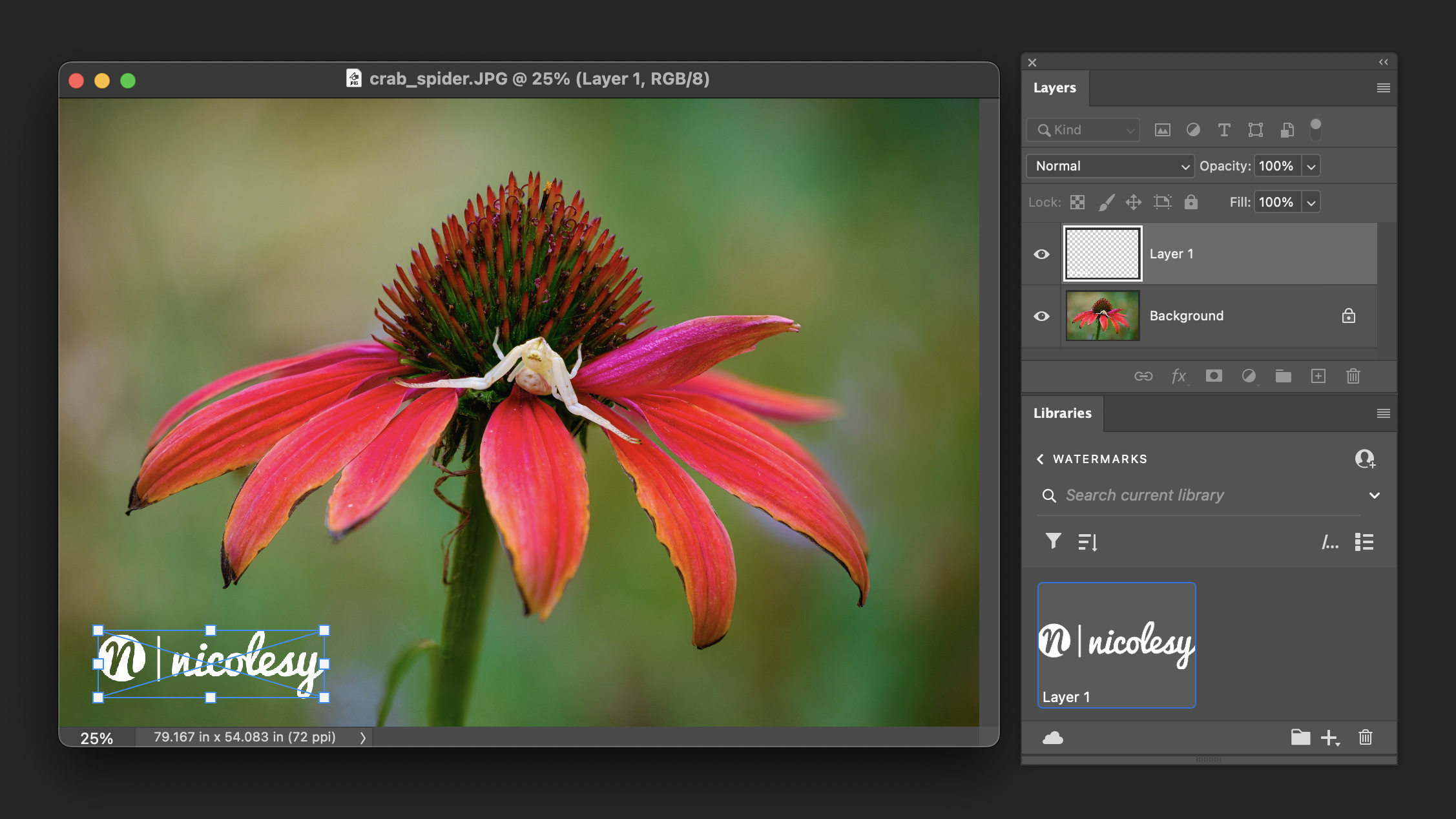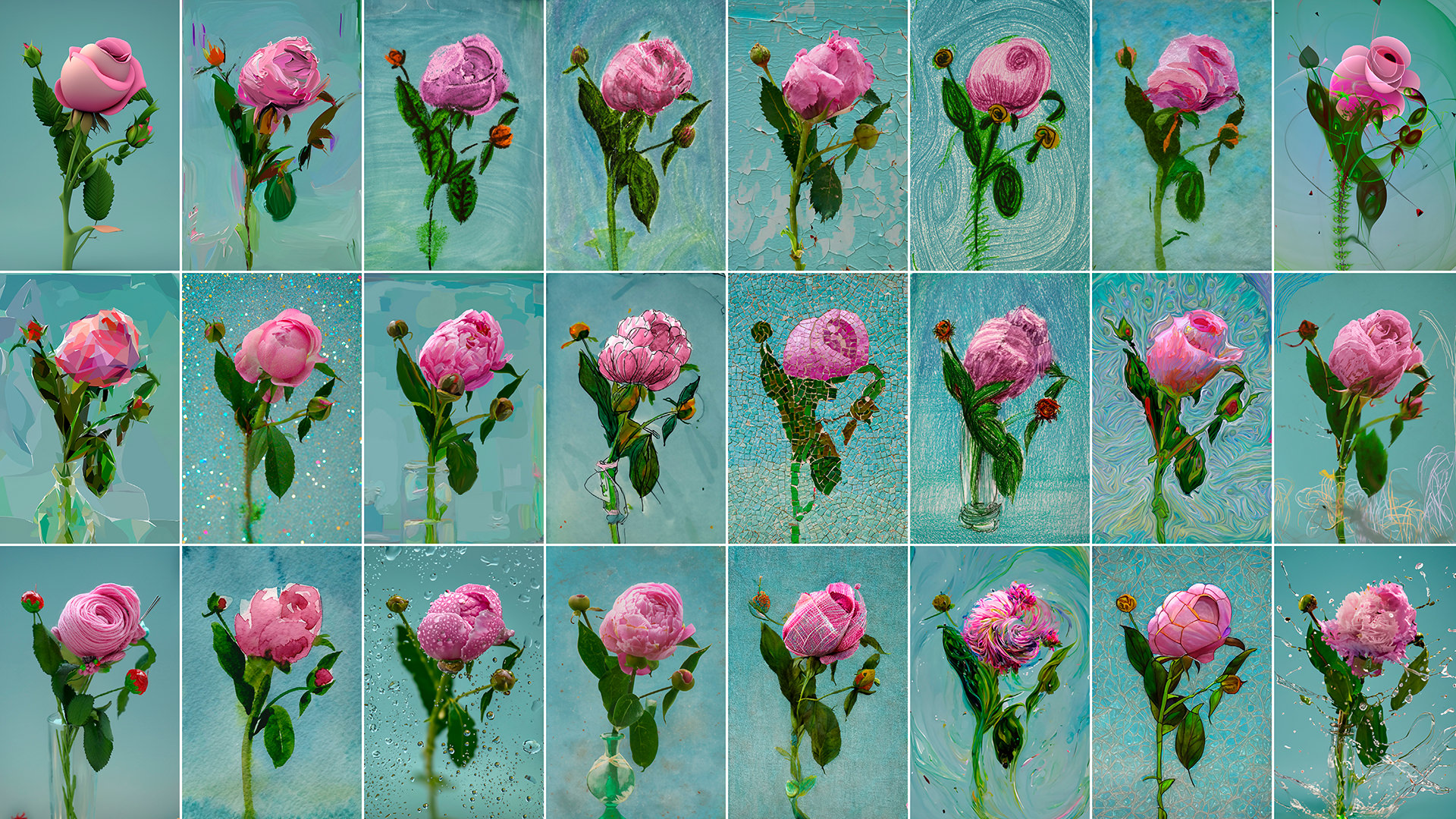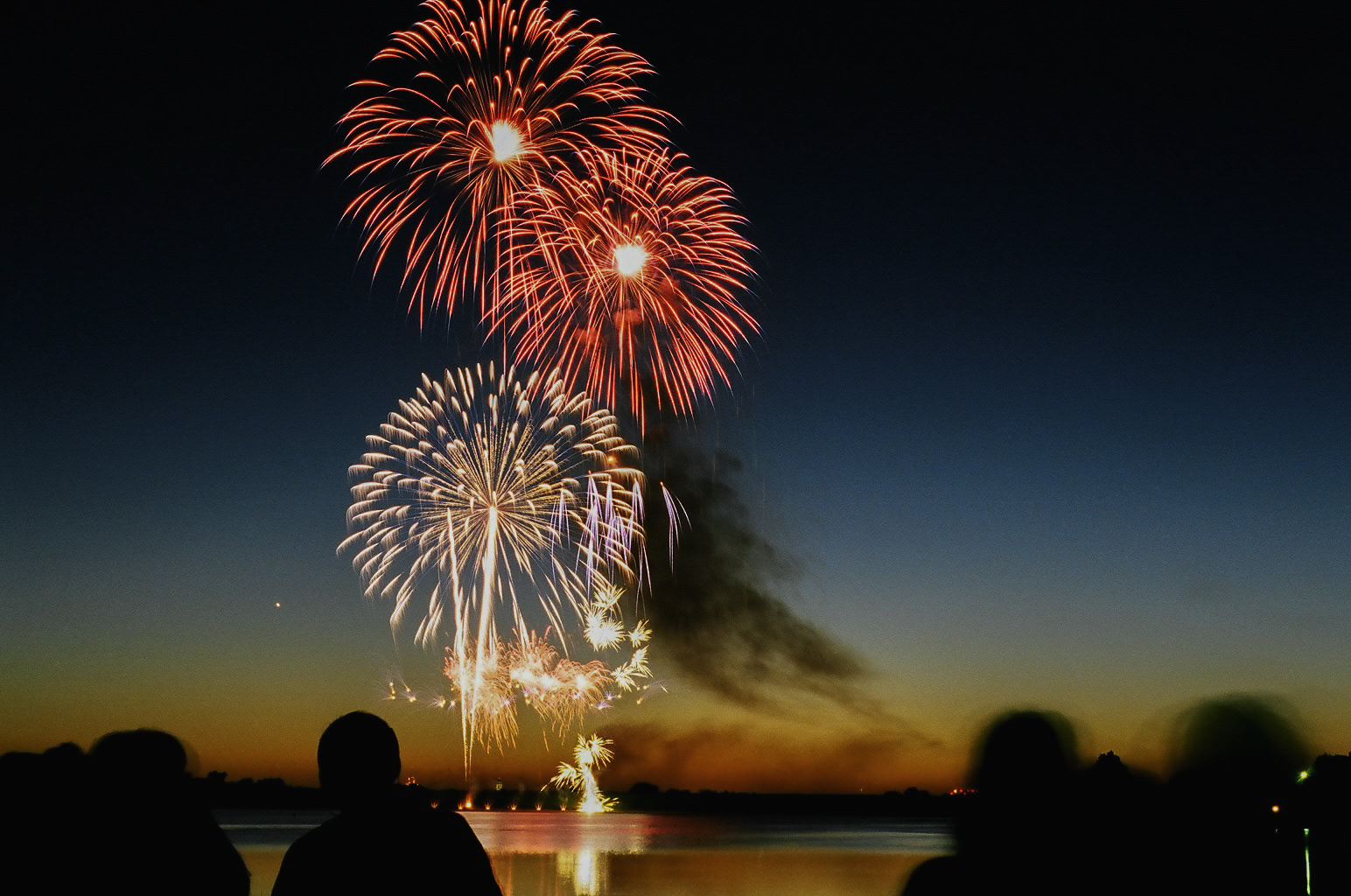When I was little, one of my early career choices was that I wanted to be a marine biologist. I was fascinated with sharks, admired Jaques Cousteau, and even seeing the ocean was on my childhood bucket list. When I discovered photography in my late teens, I used to dream of owning a Nikonos underwater camera and exploring the depths through the eyes of a lens. And then, after I graduated high school, it may not surprise you that I joined the Navy. Ironically most of my time was spent on land and in the belly of an airplane, but I had a few jaunts on a boat and was a stones throw from the coast at any given time.
Now, almost 20 years later, circumstances have allowed me to finally pursue my dream of being underwater. Last year I got my SCUBA certification, and this past week I went on my first “real” diving trip—a week-long liveaboard on the Cayman Aggressor IV. It was a photography-themed trip, so I was in good company, but I made sure to set my own photographic expectations low. As a new diver (I only had 10 open-water dives before this trip, all in cold-water conditions) I knew that being a good diver is one of the best skills to have in becoming a good underwater photographer. There are challenges that topside photographers don’t experience, like backscatter, using your breath to stay in one place, making sure you don’t run out of air in your tank, keeping eyes on your buddy, ensuring you don’t go below your MOD (maximum operating depth), and also figuring out the best position and power for your strobes before you subject swims away. It’s a lot to manage!
Thankfully, I exceeded my expectations and even surprised myself with my photos! During each dive I learned something new, developed better diving skills, and felt more comfortable and confident in the water with a camera. I’m using quite a beast of a setup, too (see the bottom of this post for my equipment list), and while it was a lot of camera to haul around, I am very familiar with the camera and it actually felt natural to be photographing underwater. I’m very excited to see where this leads. In fact, I have at least two more trips coming up this—one in June to the Socorro Islands, and another at the end of September to cage dive with Great White Sharks—so I’m hoping to have a good start to my underwater portfolio before the end of 2016.
Here are a few photos that the crew of the Cayman Aggressor photographed of me at a few of the dive sites (USS Kittywake on the left, and Stingray City on the right):
My underwater camera gear list:
- Camera: Canon 5D Mark III
- Lenses: Canon 100mm ƒ/2.8L IS Macro & Canon 15mm Fisheye
- Housing & Ports: Nauticam
- Strobes: Sea & Sea YS-D2
When I was little, one of my early career choices was that I wanted to be a marine biologist. I was fascinated with sharks, admired Jaques Cousteau, and even seeing the ocean was on my childhood bucket list. When I discovered photography in my late teens, I used to dream of owning a Nikonos underwater camera and exploring the depths through the eyes of a lens. And then, after I graduated high school, it may not surprise you that I joined the Navy. Ironically most of my time was spent on land and in the belly of an airplane, but I had a few jaunts on a boat and was a stones throw from the coast at any given time.
Now, almost 20 years later, circumstances have allowed me to finally pursue my dream of being underwater. Last year I got my SCUBA certification, and this past week I went on my first “real” diving trip—a week-long liveaboard on the Cayman Aggressor IV. It was a photography-themed trip, so I was in good company, but I made sure to set my own photographic expectations low. As a new diver (I only had 10 open-water dives before this trip, all in cold-water conditions) I knew that being a good diver is one of the best skills to have in becoming a good underwater photographer. There are challenges that topside photographers don’t experience, like backscatter, using your breath to stay in one place, making sure you don’t run out of air in your tank, keeping eyes on your buddy, ensuring you don’t go below your MOD (maximum operating depth), and also figuring out the best position and power for your strobes before you subject swims away. It’s a lot to manage!
Thankfully, I exceeded my expectations and even surprised myself with my photos! During each dive I learned something new, developed better diving skills, and felt more comfortable and confident in the water with a camera. I’m using quite a beast of a setup, too (see the bottom of this post for my equipment list), and while it was a lot of camera to haul around, I am very familiar with the camera and it actually felt natural to be photographing underwater. I’m very excited to see where this leads. In fact, I have at least two more trips coming up this—one in June to the Socorro Islands, and another at the end of September to cage dive with Great White Sharks—so I’m hoping to have a good start to my underwater portfolio before the end of 2016.
Here are a few photos that the crew of the Cayman Aggressor photographed of me at a few of the dive sites (USS Kittywake on the left, and Stingray City on the right):
My underwater camera gear list:
- Camera: Canon 5D Mark III
- Lenses: Canon 100mm ƒ/2.8L IS Macro & Canon 15mm Fisheye
- Housing & Ports: Nauticam
- Strobes: Sea & Sea YS-D2

Nicole is a photographer, published author, and educator specializing in Lightroom, Photoshop, and photography. She is best known for her books on food photography but is widely versed in various photographic genres, including landscape, nature, stock, travel, and experimental imagery.


